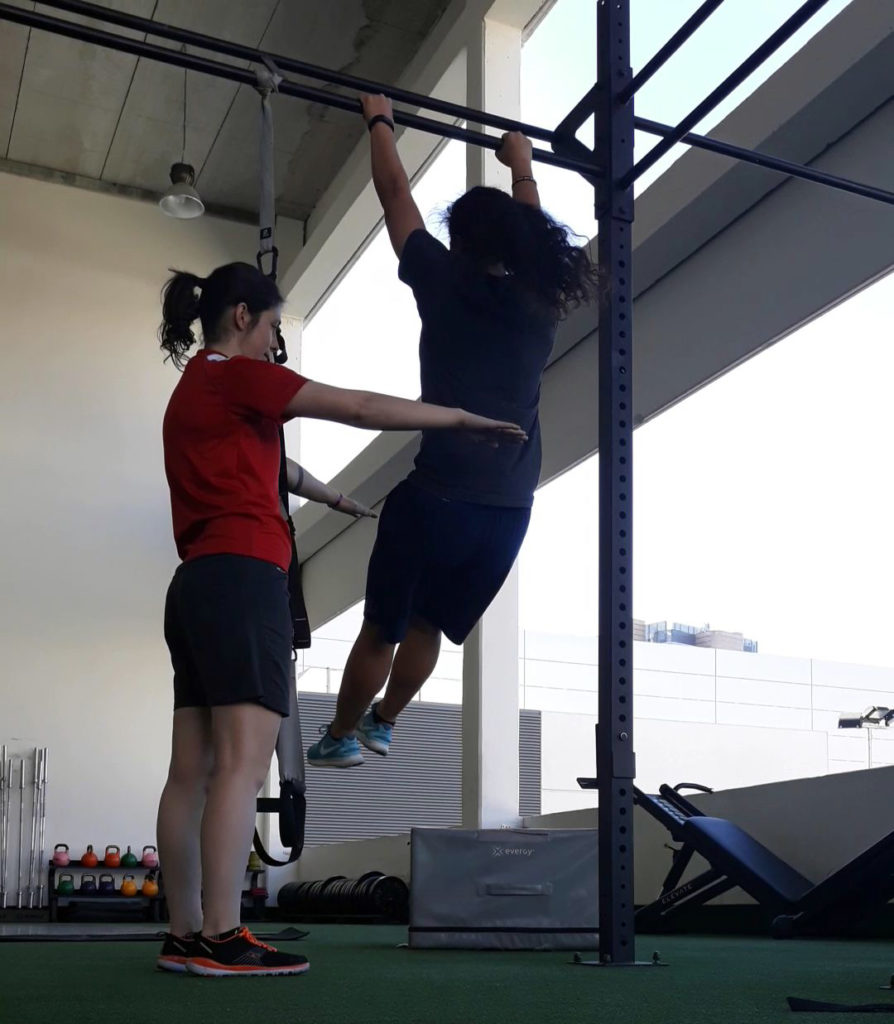It goes without question that a good coach should have an extensive skillset including both physical and psychological resources. But if I had to choose the most essential attribute when faced with the task of managing groups, I’d probably go with leadership.
Regarding its definition, the scientific community hasn’t reached common ground just yet. But, personally, I like to go with the definition provided by Shaw (1981) and, more specifically, two characteristics seen in leaders:
- being the most influential person and generator of a higher number of communications
- having the ability to use this influence to impact group members in a positive manner.
What types of leadership are there?
If there’s a million ways to define leadership, there’s a million ways to categorize them. For the purpose of this article, I’ll consider two types of leadership: the leader focused on emotions and the leader focused on task. The former would be the one that is able to identify emotional and collective emotions that surface in a group setting. This leader intends to build affective bonds between the members because, as we learned in the previous article, it enhances performance.
The leader that focuses on the task, on the other side, is a more “typical leader” in the sense that they are known for giving most orders, communicating more frequently and organizing collective and individual action to achieve the group goal. They always know what to do and they also know how to transmit the information to their followers. Their level of commitment is insurmountable.
Why should a coach be a leader?
In a certain way, a coach is a captain for all their athletes. Every class is a small team that walks into the affiliate with the goal of bringing forth their best version. Our focus as coaches – and leaders – should be for all of our athletes to reach their goals.
Task-oriented leaders teach their athletes how to practice CrossFit in a secure and efficient manner. They excel at identifying and correcting execution errors, providing information regarding the stimulus of every segment of the training session, scaling and adapting the workload so every athlete is pushed in the right direction. All this, relying on exceptional social & communication skills.

On the other hand, emotional leaders are known for being able to identify and manage emotional responses in their athletes. Every one of us has an emotional baggage that may very easily interfere with physical tasks. Learning how to unload emotional baggage is the key to unlocking top-notch performances.
Make no mistake: we don’t want our athletes to stop feeling frustrated, sad or scared in certain moments. We want these emotions to exist without preventing our athletes from moving forward. An athlete that’s scared of trying the handstand shouldn’t feel inadequate because of it. We want them to accept their fear and face it by advancing in little steps marked by the progressions we set up for them.
Which form of leadership is better for our athletes?
Based on our personal differences, we naturally fall into emotional or task-oriented leadership. One is not better than the other, since they are both equally helpful if we wish to approach coaching in a holistic manner. However, there is one category we can all agree upon.
Sims & Lorenzi (1992) speak of a type of leadership that wishes not only to fully maximize their followers’ potential, but also to transform them into self-leaders, giving them the tools to grow. They call it “superleadership”: this is the kind of leader we should all become.
Shaw, M. E. (1981). Dinámica de Grupos. Psicología de la conducta de los pequeños grupos. Barcelona: Herder.
Sims, H. P. y Lorenzi, P. (1992). The New Leaderships Paradigm. Newbury, CA: Sage
